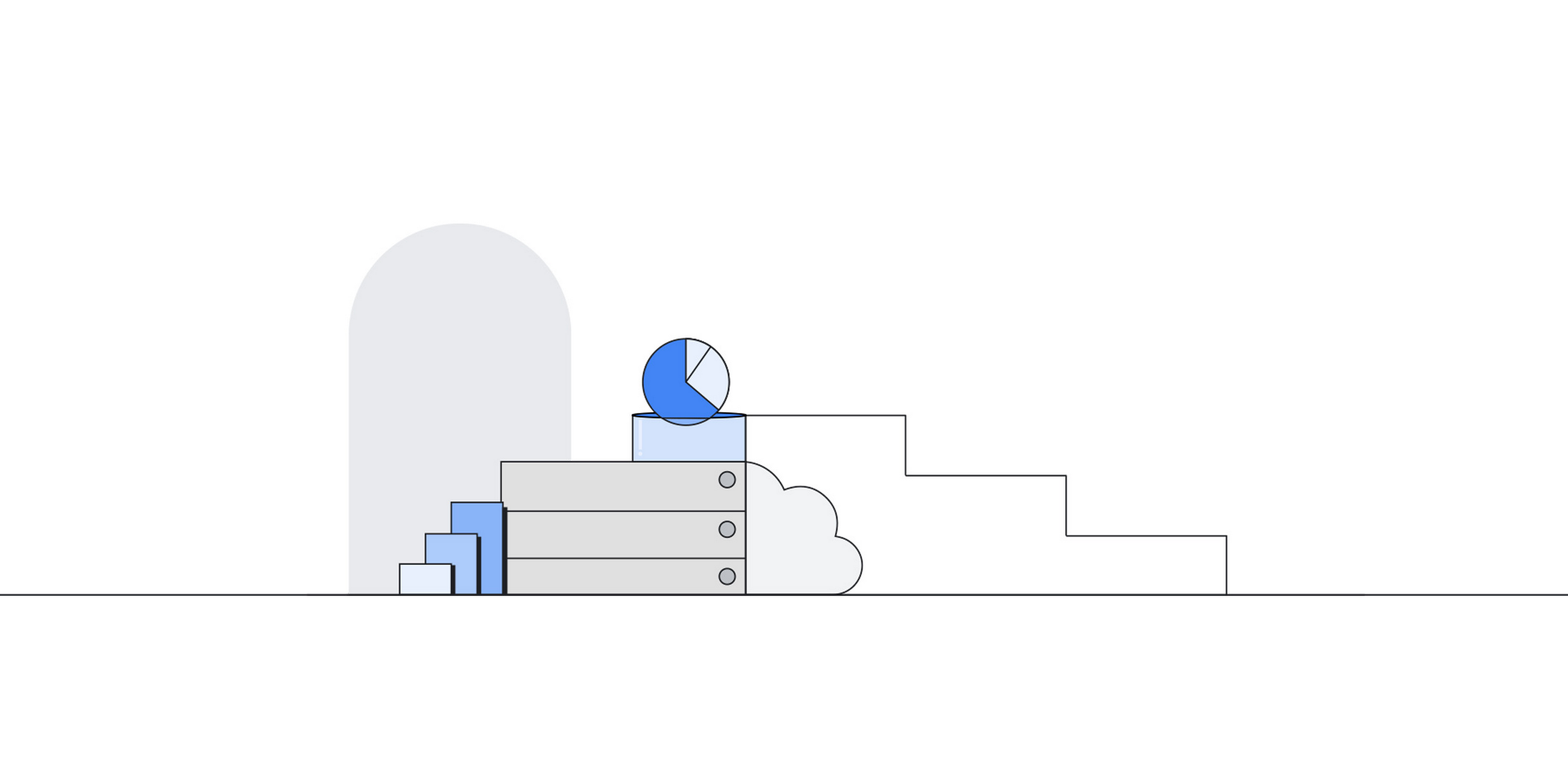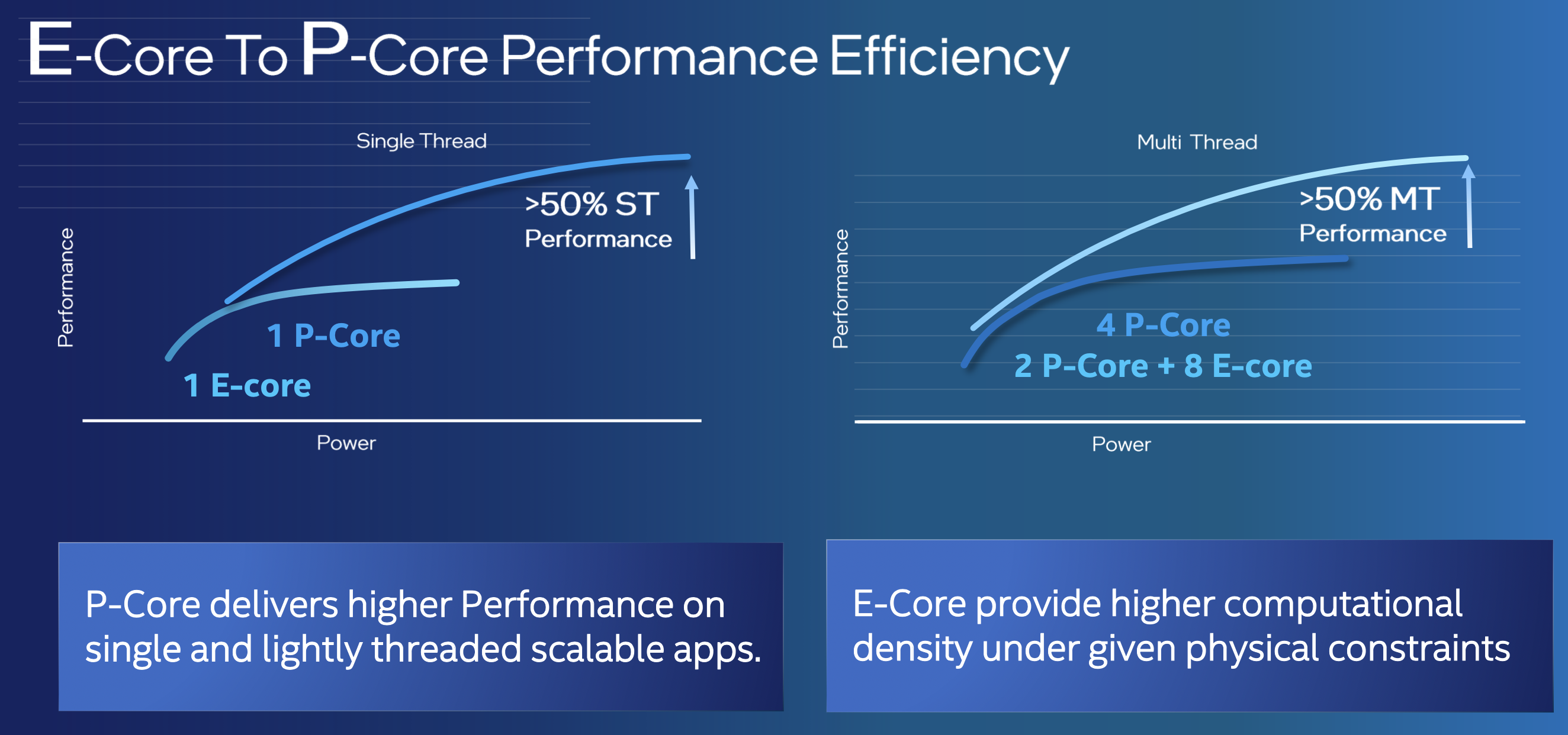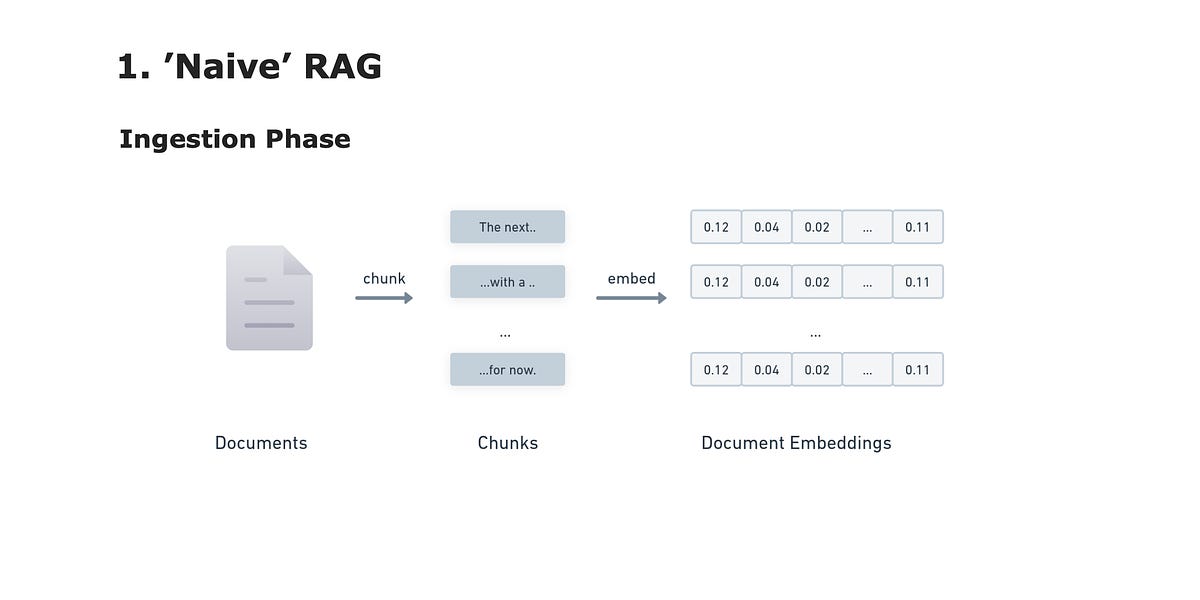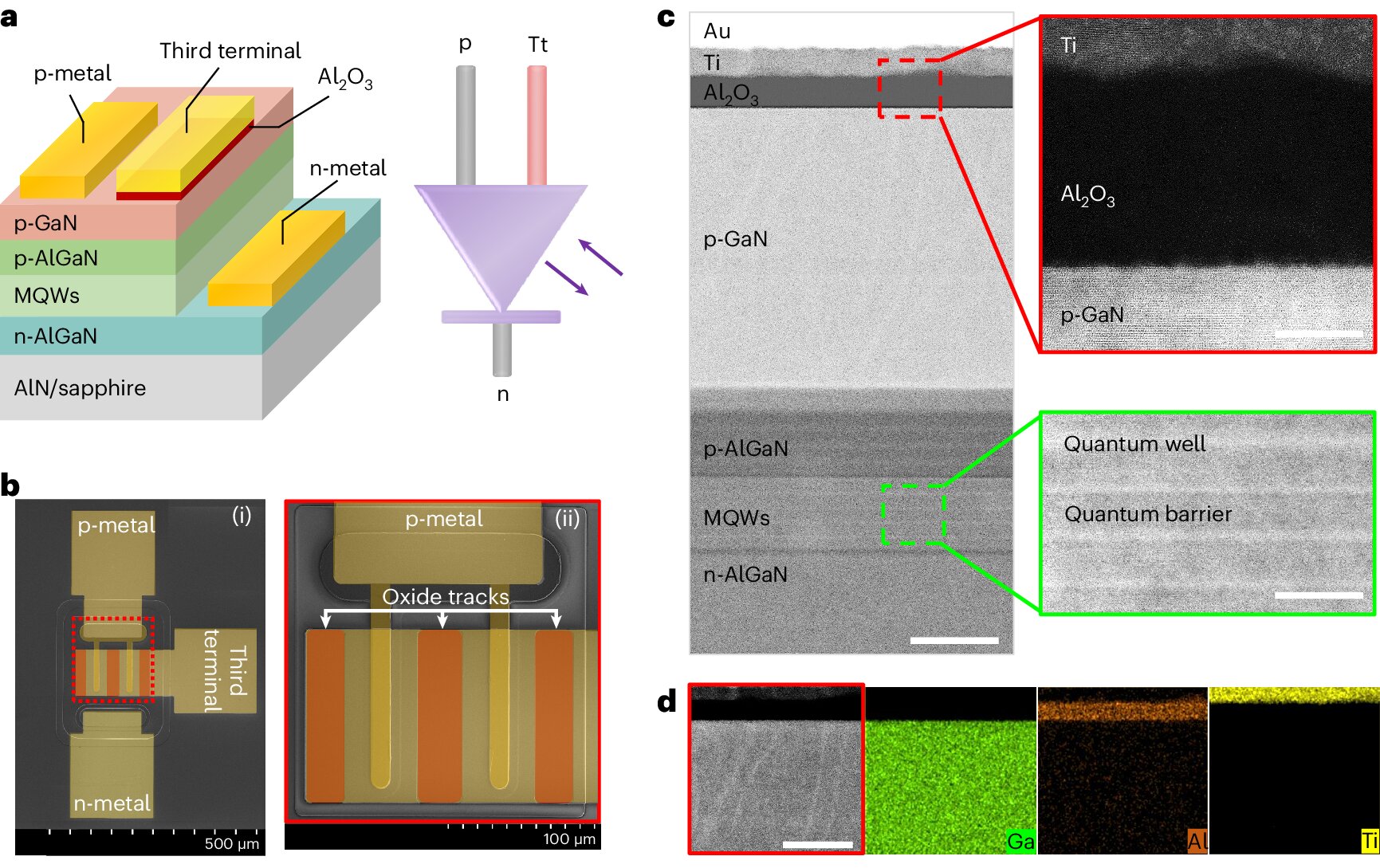
Uncomplicating the complex: How Spanner simplifies microservices-based architectures
In the realm of modern application design, developers have a range of choices available to them for crafting architectures that are not only simple, but also scalable, performant and resilient. Container platforms like Kubernetes (k8s) offer users the ability to seamlessly adjust node and pod specifications, so that services can scale. This scalability does not come at the expense of elasticity, and also ensures consistent performance for service consumers. So it’s no surprise that Kubernetes has become the de facto standard for building distributed and resilient systems in medium-to-large organizations.
Unfortunately, the level of maturity and standardization in the Kubernetes space available to system designers in the application layer doesn’t usually extend to the database layer that powers these services. And it goes without saying that the database layer also needs to be elastic, scalable, highly available, and resilient.
Traditional relational database management software (RDBMS) brings with it side effects that are not aligned with a microservices way of thinking, and entails fairly significant trade-offs. In the sections below, we dive deeper into the scalability, availability and operational challenges faced by application designers specifically within the database tier. We then conclude with a description of how Spanner can help you build microservices-based systems without the often unspoken “impedance mismatch” between the application layer and the database layer.
























